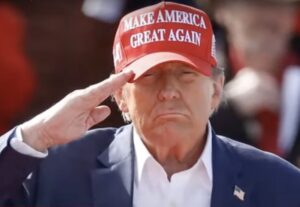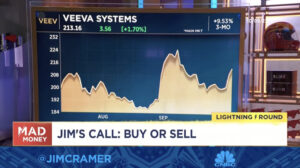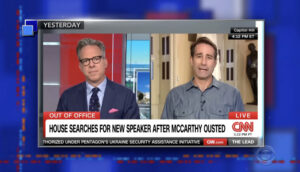
When you make purchases through our links we may earn a small commission.

Photo Credit: Nate Neelson
Put It On Your Wall: CanvasOnDemand.com
Support thesmokingchair.com through Patreon.
Donald Trump’s tenure as the 45th President of the United States was marked by a variety of policies, controversies, and economic decisions. One aspect that garnered significant attention was his approach to job creation and employment. While Trump often touted his economic achievements, a closer examination reveals a mixed record, with some arguing that his administration’s job and employment outcomes were among the worst in American history.
Job Creation
During Trump’s presidency, he frequently celebrated the growth in employment numbers and the declining unemployment rate. The administration claimed credit for creating millions of jobs, particularly before the COVID-19 pandemic. However, critics argue that much of this job growth was a continuation of trends that began during the Obama administration and that Trump’s policies merely sustained existing momentum.
Moreover, Trump’s emphasis on industries such as manufacturing and coal, which he promised to revive, faced challenges. The manufacturing sector did experience some growth, but it fell short of the lofty promises made during the 2016 campaign. Additionally, the coal industry continued its decline despite Trump’s efforts to roll back environmental regulations.
Wage Growth and Income Inequality
While job numbers may have increased, the quality of those jobs and the accompanying wage growth were areas of concern. Wage growth remained relatively modest for many workers, with gains often concentrated among higher-income earners. This contributed to the ongoing issue of income inequality, as the wealth gap between the rich and the rest of the population persisted.
The 2017 Tax Cuts and Jobs Act, a centerpiece of Trump’s economic policy, was intended to spur economic growth and benefit workers. However, critics argue that the majority of the tax cuts disproportionately favored corporations and the wealthy, providing limited long-term benefits to the middle and lower-income brackets.
Handling of the COVID-19 Pandemic
The COVID-19 pandemic had a profound impact on global economies, and the United States was no exception. The Trump administration’s response to the crisis drew criticism for its handling of unemployment benefits, relief packages, and the overall economic fallout. The pandemic revealed vulnerabilities in the American job market, with millions of workers losing their jobs as businesses shut down or scaled back operations.
Trump’s leadership during this period was marked by a focus on reopening the economy quickly, sometimes at the expense of public health. The administration’s approach to pandemic-related economic relief faced challenges in addressing the needs of the most vulnerable workers, further complicating the overall jobs and employment landscape.
The Last Word
Assessing the impact of any president on jobs and employment is a complex task influenced by numerous factors, including global economic conditions and historical trends. While the Trump administration did preside over a period of economic growth before the pandemic, the overall legacy in terms of job creation, wage growth, and income inequality remains a topic of debate.
Critics argue that Trump’s policies favored the wealthy and failed to address systemic issues in the job market. Supporters contend that his administration provided a boost to the economy and job creation, particularly through deregulation and tax cuts. Ultimately, the assessment of Trump’s jobs and employment record is nuanced, reflecting the polarized nature of his presidency and the ongoing debates about economic policy in the United States.
You’ll get more articles like this – and our favorite promotional offers delivered straight to your inbox.
By submitting this form you agree to our terms and conditions. You can unsubscribe at any time.

































